SUMMARY
This is AI generated summarization, which may have errors. For context, always refer to the full article.

Claim: The Philippines is close to achieving more than 100% rice self-sufficiency.
Rating: FALSE
Why we fact-checked this: The Facebook video with this claim has over 6,300 reactions, 219 comments, and 147,000 views as of writing.

In the video, the narrator says: “Self-sufficiency ng Pilipinas sa bigas, malapit nang malampasan ang 100 percent record nito. Kakulangan sa bigas, malabo na umanong maranasan pa ng bansa.”
(The Philippines’ rice self-sufficiency is close to surpassing its 100 percent record. It’s said that the country is unlikely to experience a rice shortage).
The facts: The Philippines is neither close to achieving 100% rice self sufficiency nor surpassing it. A November 2022 report from the Philippine Statistics Authority shows that the country’s self-sufficiency rate for rice stood at 81.5% in 2021, lower than the previous year’s 85%.
In a video posted on his official Facebook page on June 17, President Ferdinand Marcos Jr. said the government is looking to surpass 100% rice self-sufficiency through its agricultural initiatives, such as a consolidated rice production and mechanization program.
“Sapat at murang pagkain pa rin ang siyang tanging magpapalaya sa atin mula sa gutom. Kung kaya’t walang tigil ang paglulunsad ng mga ganitong programa sa ating mga agricutural regions. Kapag matagumpay ito, buong bansa ang makikinabang at maaaring mahigitan pa natin ang 100% rice self sufficiency,” Marcos said.
(Having sufficient and affordable food will free us from hunger. This is why we are relentless in launching programs like this in our agricultural regions. If this is successful, the whole country will benefit and we may even exceed 100% rice self-sufficiency.)
This comes after the President approved the Masagana Rice Industry Development Program (MRIPD) as a roadmap for the goal of obtaining rice self-sufficiency. During the Rice Industry Convergence Meeting held at the National Irrigation Administration in Quezon City on May 31, Marcos said that a 97.4% target would be enough to reach rice self-sufficiency by 2028.
The strategies planned for the MRIPD include upgrading farming technology, farm clustering, climate change adaptation, and value chain approach, to name a few.
Previously, Marcos said that two years would be enough to achieve rice self-sufficiency. However, former agriculture chief and Federation of Free Farmers (FFF) board chairman Leonardo Montemayor said that this was “over-ambitious.”
Rice situation: The agriculture department has previously expressed confidence that 100% rice self-sufficiency is “within reach.” In 2022, former agriculture secretary William Dar said that the country saw an increase in both the hectarage and average yield per hectare of both hybrid and inbred rice during the last three years of the previous Duterte administration.
This comes amid warnings of a potential rice crisis and increase in rice consumption and demand. Citing market analyst company Fitch Solutions, a CNBC article reports that the global rice market is set to log its biggest shortage in two decades in 2023.
According to the company’s report, the shortage for 2022/2023 is approximately 8.7 million tons—the largest deficit recorded since 2003/2004, which was at 18.6 million tons.
In April, the FFF also warned of a repeat of the 2018 rice crisis that saw a spike in rice prices and shortage.
A study from the Food and Agriculture Organization of the United Nations also noted that the projected rice consumption in major Asian countries, including the Philippines, would increase faster than the region’s population growth by 2025. – Rappler.com
John Sitchon is an Aries Rufo Journalism Fellow.
Keep us aware of suspicious Facebook pages, groups, accounts, websites, articles, or photos in your network by contacting us at factcheck@rappler.com. You may also report dubious claims to #FactsFirstPH tipline by messaging Rappler on Facebook or Newsbreak via Twitter direct message. You may also report through our Viber fact check chatbot. Let us battle disinformation one Fact Check at a time.
Add a comment
How does this make you feel?
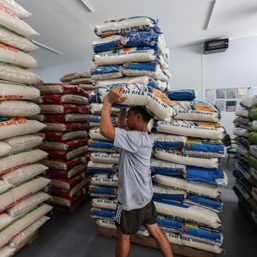
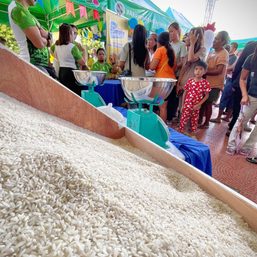
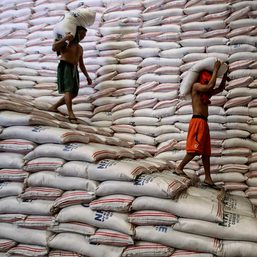
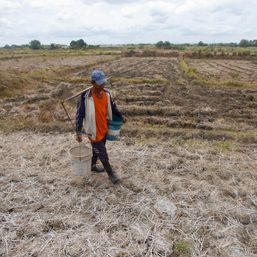
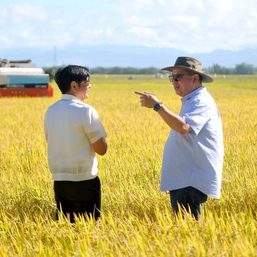
There are no comments yet. Add your comment to start the conversation.